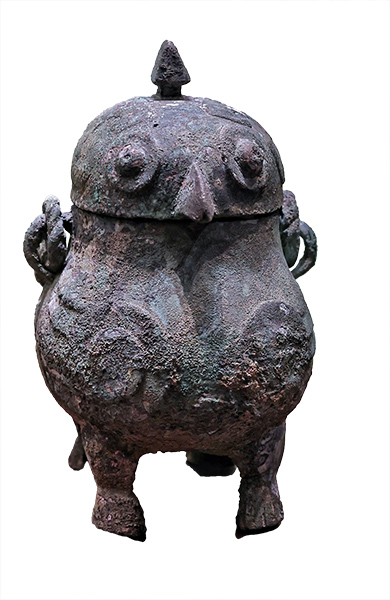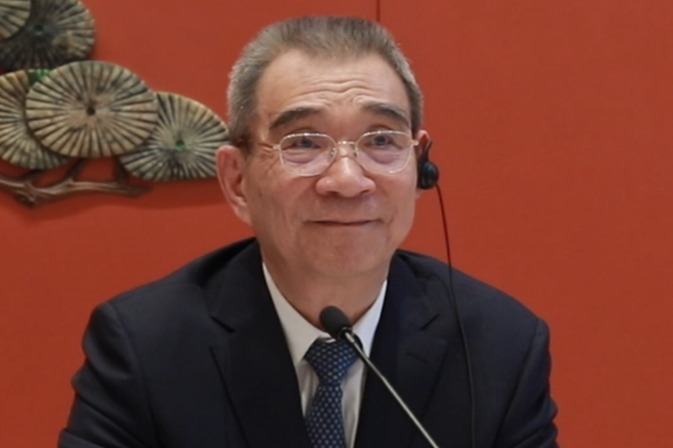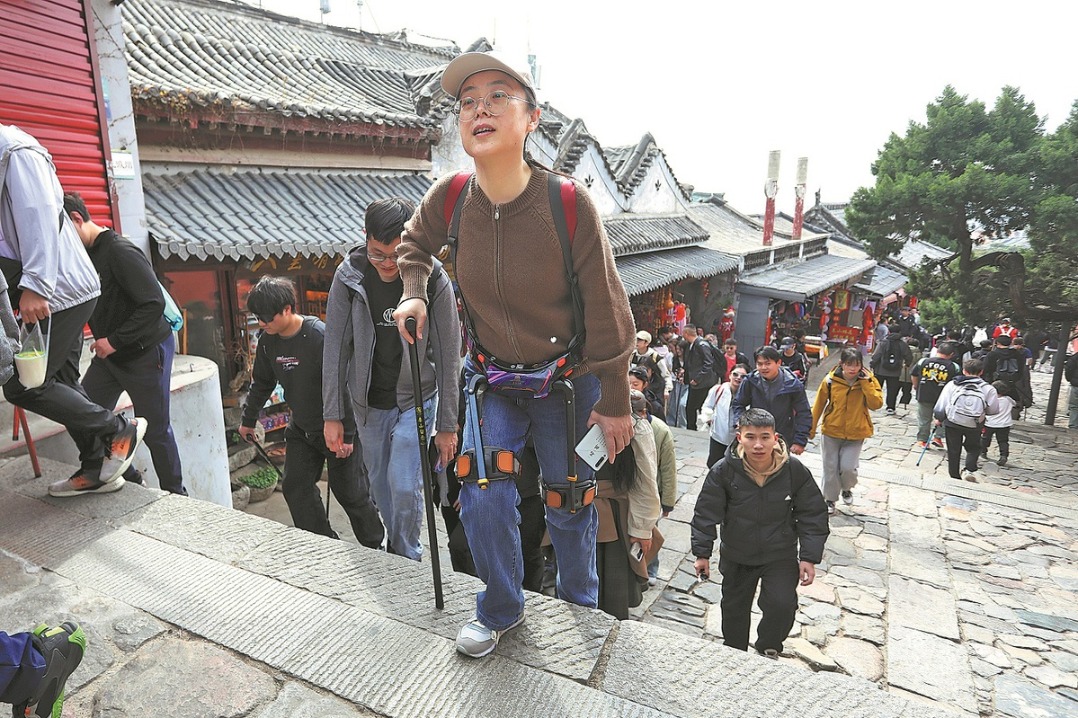Casting a lasting shadow
By Wang Kaihao | China Daily Global | Updated: 2024-03-07 08:30

A wealth of knowledge
The Shang Dynasty was ruled by 31 kings across 17 generations, according to Shiji. Over that time, five different cities served as its capital, of which Yinxu was the last and longest-used. It enjoyed the ultimate status for nearly three centuries.
In Shijing (Book of Songs), an ancient Chinese collection of poetry from the 11th to 6th century BC, one stanza reads:
"Heaven sent a Swallow down, to give birth to the Sire.
Of Shang who wore the crown, of the land of Yin entire."
Archaeological finds at Yinxu may help bring those romantic notions to life. Royal palaces, ancestral temples, urban residences, kings' mausoleums, plebeians' tombs, handicraft workshops and other discoveries join together to present a panorama of city life.
Erected just across the river from the palace and temple area, the new museum has numerous stories to share via its exhibits.
Abundant ritual bronze ware, many items of which are showcased in whole sets, portray a rich spiritual life. Their complicated decorative patterns — taotie (a mythological creature), dragons, phoenixes, cicadas, and so on, represent a mix of totems and artistic styles from across various regions in China.
The exhibited 23 burial chariots and horse skeletons also reveal the might of the Shang kings. Integrating advanced techniques such as fine woodwork, metal casting, carving and lacquering, these chariots, the earliest examples of their kind in China, also demonstrate the remarkable craftsmanship of the time.
At its zenith, the rule of the Shang spread widely across North and Central China, reaching to the Yangtze River, East China Sea, as well as the Yanshan and Longshan mountains, all hundreds of kilometers away from Anyang.
"Shang created a splendid Bronze Age civilization through continuous innovation," Li Xiaoyang, director of Anyang Cultural Heritage Administration, says. "It absorbed diverse cultural influences from surrounding regions: pottery from the east, gold artifacts from the west, metallurgy from the south, and chariots from the north. All of these cultural elements were constantly repurposed to enrich the characteristics of Shang civilization."
























